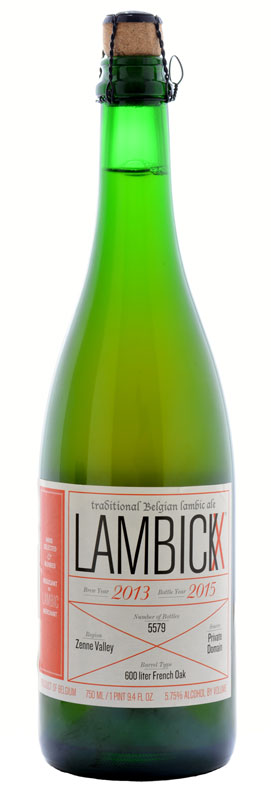 Over the past five years or so, give or take, kettle sours have served to shift how people think about “sour beers.” Ten years ago, sour beer would more likely have been a mixed-fermentation example: a Belgian lambic, maybe, or a non-Belgian riff on lambic, probably aged in oak, probably for months or years. The yeast and bacteria involved in these complex fermentations take their sweet time. But with the rise of quick- or kettle-souring techniques, in which a firm presence of lactic acid is created basically overnight (by various means, only some of which involve yogurt), brewers can churn out lemony-tart “sour beers” super fast.
Over the past five years or so, give or take, kettle sours have served to shift how people think about “sour beers.” Ten years ago, sour beer would more likely have been a mixed-fermentation example: a Belgian lambic, maybe, or a non-Belgian riff on lambic, probably aged in oak, probably for months or years. The yeast and bacteria involved in these complex fermentations take their sweet time. But with the rise of quick- or kettle-souring techniques, in which a firm presence of lactic acid is created basically overnight (by various means, only some of which involve yogurt), brewers can churn out lemony-tart “sour beers” super fast.
Except… they usually aren’t like the beers that made this space interesting in the first place.
If you dig kettle sours: that’s great. As the beer world expands, there’s a beer for everyone at this point—and that part’s cool as hell. But it also means there is more stuff that’s gonna be well outside of one’s wheelhouse. I love hazies, and loathe milkshake IPAs. I was grateful to see the doubly-coarse abomination that was black IPA meet an early end. And I honestly do not get the ongoing presence of one-note kettle sours—which felt like a bad idea years ago.
Once I remove the kids from my lawn, and once that massive cartooning windfall comes in (still waiting), I plan to fill the garage with lambic. The upside of kettle sours, for me and my wife, and frankly the majority of our peeps out here, is we can now magically find lambic on the shelves of California (albeit at sub-magical prices). Some of my favorite beer experiences have been from sour beers that take years to develop and benefit from careful blending skills that aren’t on the back of a yogurt container. I hope kettle sours continue to improve; there are definitely some Berliner-esque weisses and pseudo-goses that come across well. But, for now, I want nothing to do with that 9% sour IPA with pluot puree. The lambic life for me.


